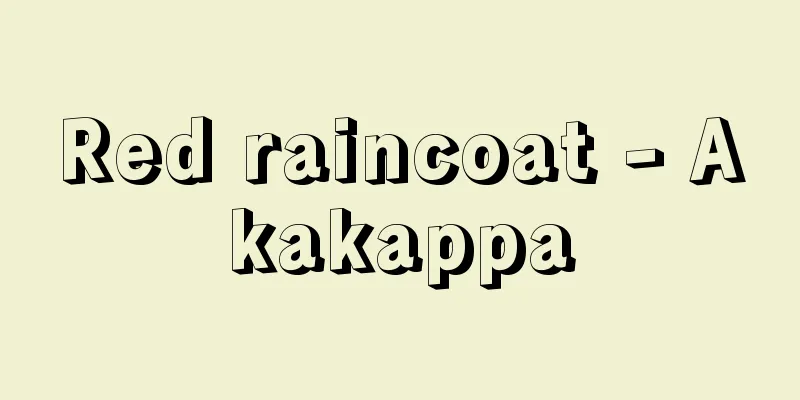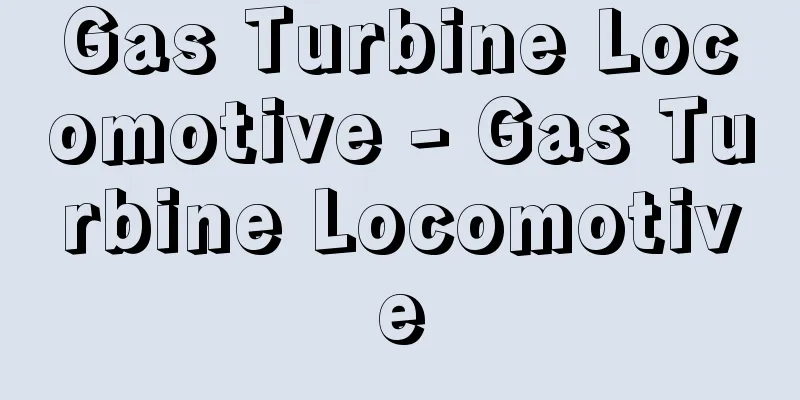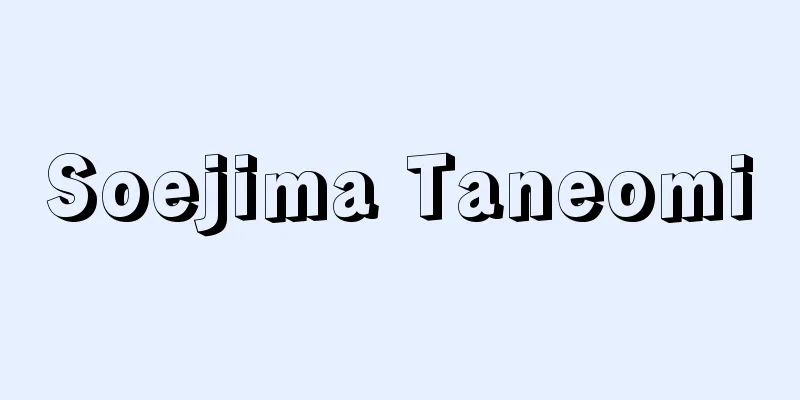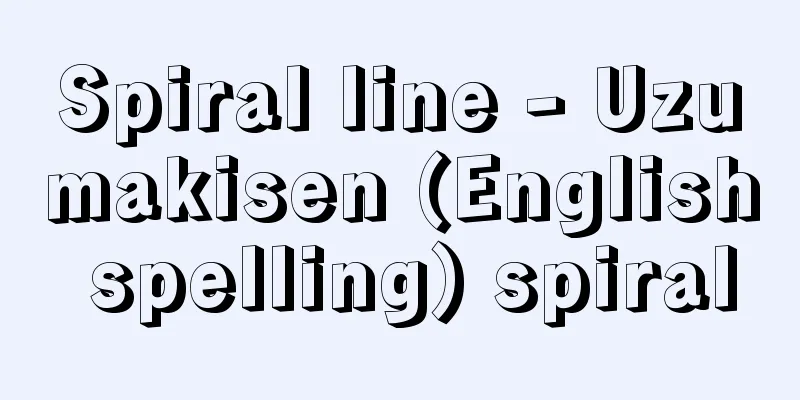War Communism (English: военный коммунизм/voennïy kommunizm) (Russian)

|
A general term for the economic policy or system of the Soviet state from 1918 to 1921. In a word, it was a state-organized production and distribution system, but more specific details include the following: (1) Complete nationalization of the means of production and widespread state monopoly of products. Not only large and medium-sized enterprises but also many small industrial enterprises were nationalized, and in agriculture, the means of production other than land remained privately owned, but surplus agricultural products were required to be handed over to the state (food dictatorship, food quota requisition system). (2) Extreme centralization of economic management. The central administration ordered the supply of fuel, raw materials, equipment, etc. to enterprises and the allocation of products, while state agencies distributed necessities to the population, and private commerce was prohibited. (3) National mobilization and allocation of labor (general labor obligation, "militarization" of labor). (4) Class principle in distribution. (5) "Materialization" of economic life. Opinions on the history of these events are divided: should they be viewed as temporary, emergency situations amid civil war, interventionism, and economic devastation, that is, deviations from normal socialist construction? Or should they be viewed as premature attempts to build communism with a specific ideological background and based on revolutionary passion (such as Communist Saturday Work)? In March 1921, forced by growing peasant discontent, the Soviet state abolished food requisitions, marking the transition from War Communism to the New Economic Policy (NEP). [Akira Kadowaki] [Reference] |Source: Shogakukan Encyclopedia Nipponica About Encyclopedia Nipponica Information | Legend |
|
1918~21年の時期におけるソビエト国家の経済政策または経済体制の総称。ひと口で特徴づければ国家的に組織化された生産=分配制度であるが、より具体的な内容を列挙すると次のとおりである。〔1〕生産手段の国有化の徹底と生産物の広範な国家独占。大・中規模ばかりではなく多数の小規模工業企業も国有化され、農業では土地以外の生産手段は私有のままであったが、余剰農産物の国家への引き渡しが義務づけられた(食糧独裁、食糧割当て徴発制)。〔2〕経済運営の極度の中央集権化。燃料、原料、設備などの企業への供給や生産物の配分は中央管理局が指令し、住民への必需物資の配給は国家機関が行い、私営商業は禁止された。〔3〕労働力の国家的動員と配分(全般的労働義務制、労働の「軍隊化」)。〔4〕分配における階級原則。〔5〕経済生活の「現物化」。 これらを、内戦と干渉戦、経済的荒廃のもとでの一時的・非常時的なもの、すなわち正常な社会主義建設からの逸脱とみなすか、あるいは特定のイデオロギー的背景をもち、革命的情熱に依拠(たとえば共産主義土曜労働)した時期尚早の共産主義建設の試みとみなすか、その歴史的評価が分かれている。 1921年3月に、ソビエト国家は、農民の不満増大に促迫されて食糧割当て徴発制を廃止したが、これを契機として戦時共産主義からネップ(新経済政策)への転換が行われた。 [門脇 彰] [参照項目] |出典 小学館 日本大百科全書(ニッポニカ)日本大百科全書(ニッポニカ)について 情報 | 凡例 |
Recommend
Ginza
In the Middle Ages, this group of merchants had ex...
Hugues Panassié (English spelling)
...In 1919, Swiss conductor Ansermet contributed ...
Status crime - Mibunhan
It is a crime that requires a certain status or s...
Pitted-shell turtle (English spelling: pitted-shell turtle)
Also known as the New Guinea Soft-shelled Turtle. ...
Opole (English spelling)
The capital of Opolskie Voivodeship in southwester...
legume seed weevil
...About 20 species also damage edible beans. The...
Takio Izawa
A bureaucrat and politician in the Meiji, Taisho ...
Steichen
Photographer and painter. Born in Luxembourg, he e...
Toraku
A method of expressing cultivated land area unique...
Amano Shrine
...The first shrine enshrines Nyutsuhime-no-Okami...
Otto von Böhtlingk
German Sanskrit scholar. Born in St. Petersburg, ...
Picasso - Pablo Ruiz Picasso
Spain's greatest artist of the 20th century. ...
Lymphogranuloma venereum - lymphoma of the inguinal region
It is also called the fourth sexually transmitted ...
《The Magnificent Family》
...based on a story by Junpei Gomigawa. As a mast...
Matsujiro Shirai - Matsujiro Shirai
Born: December 13, 1877 in Kyoto [Died] January 23...









